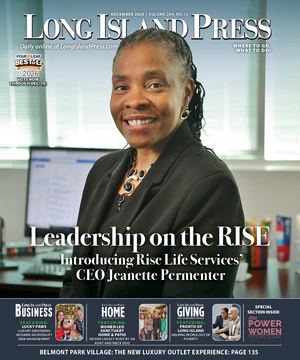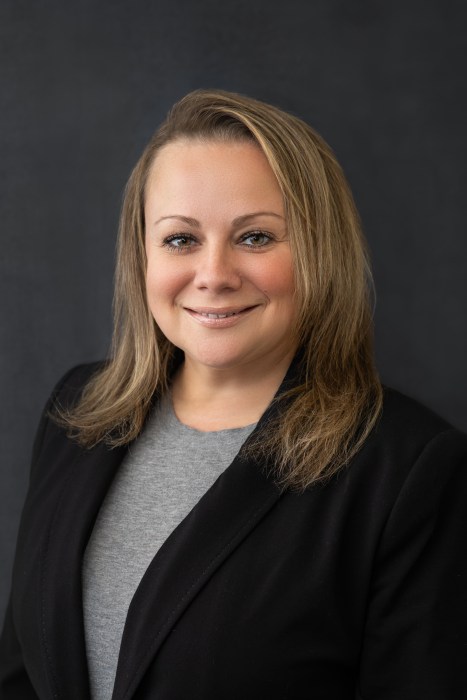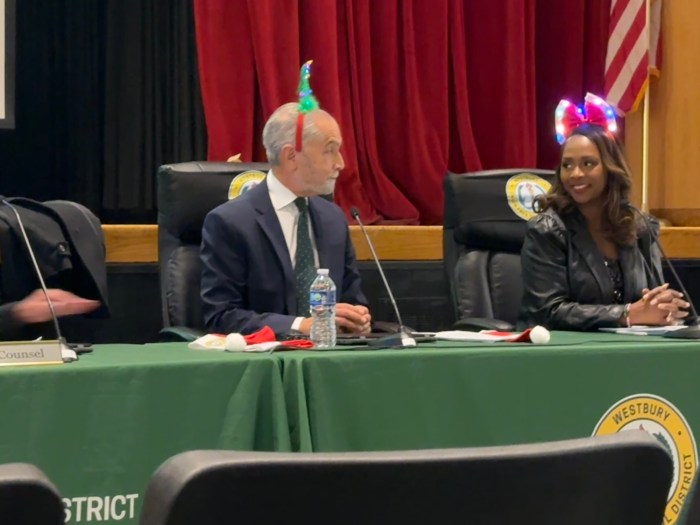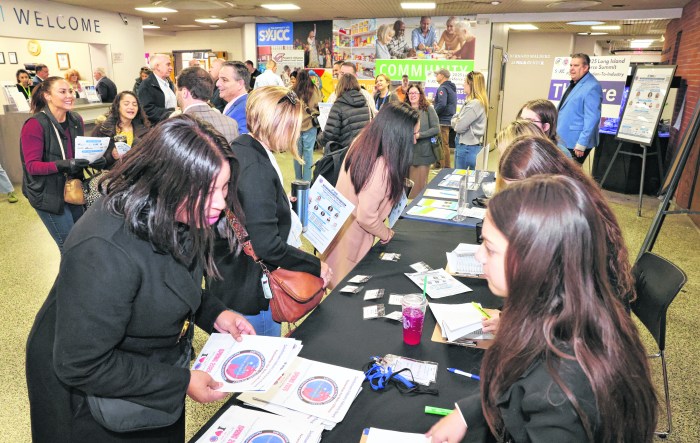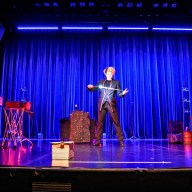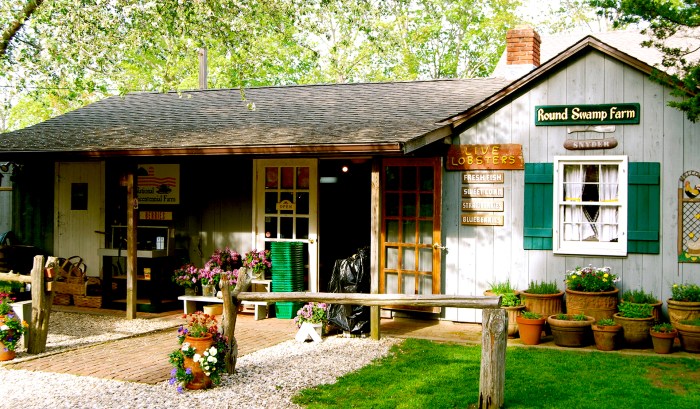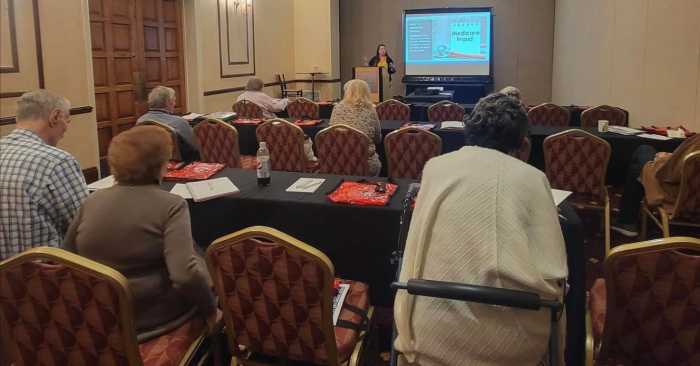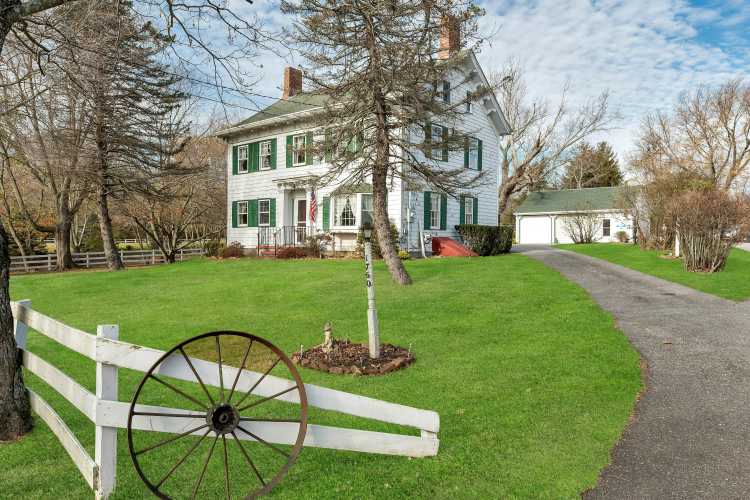
Many Great Neck residents might not realize that there are three, not two, public high schools in the district. Of course, there is North High School and South High School, but there is also The Village School, Great Neck’s alternative high school, located on Middle Neck Road and full of interesting and creative students.
The Village School was founded nearly 50 years ago, opening its doors in 1970. At that time, alternative-education programs were being founded all over the country, as part of the counterculture movement. While the majority of alternative schools opened during that period closed shortly thereafter, this was not the case for Village. In fact, Village has not only been a very successful option for Great Neck students, but has also become a model for other districts across Long Island that are attempting to create their own alternative programs.
This school is for all different types of students. Since Village’s Class of 2018 had only 13 pupils among its graduates, it’s a welcoming atmosphere for those who work better in a smaller learning environment. Village is also for students who have had a negative experience in a bigger high school. Because of the accepting student body and staff members at Village School, it is more possible for students to feel more accepted and welcome at this school. However, it is not for students who have been expelled from North or South High. The school has a strict policy against bullying. The faculty wants the Village School to remain the welcoming and accepting space it is currently.
Village School is not a traditional high school. The student body is smaller, making the class size smaller, as well. As a student who attends Village School, I believe that the smaller class size contributes to a better learning environment, allowing for more individualized attention. Moreover, a student who is struggling in Village School is less likely to go unnoticed. The teachers, who the pupils call by their first names, want to make it as easy as possible for the students to learn. This idea is best represented by social studies teacher Sam Yellis’s educational philosophy.
“My philosophy of teaching is much like the way I looked at sales; removing obstacles,” said Yellis. “I was trained to make it easier to buy from me—overcome objections, say ‘Yes’ to customers, take away every reason they have for not buying from you then and there. If you can do that and actually look out for the customer’s best interest, do what’s best for the customer, you are a master salesperson. And, so, I look at teaching as a way at removing obstacles to learning. Make it easier to learn. Make it more interesting to learn—so interesting, that the students want to learn—to learn more, about a given subject.”
Some students even spend part of the day at North or South. Last year, one ninth grader took science research, upper-level math and other advanced courses at North, along with her Village classes.

Another factor that makes this school unique are credit boards, which determine each student’s class assessment. More students than teachers make up a credit board, with each getting an equal vote. The students and teachers assess each student’s performance in class based on teacher comments, using a percentage that combines points earned from participation, homework and tests/quizzes. Instead of discussing the maximum participation credit, students are advised to talk about what they learned in the class or what they took away from it.
Students can choose from very interesting electives for credit in general subject areas. For example, students who need biology or other science credit can take a class called Lab/Garden. In this course, the students learn to manage a garden, as well as biology. In Diamonds and Gold, students study not only diamonds and gold, among other gems, but also the real cost for these materials. The students learn about Native American culture through the jewelry of tribes, such as Navajo and Hopi, as well.
Village School also offers other unique programs. Each year, students have the opportunity to take classes in the school’s music studio, which provides the hands-on experience of making and editing music. The studio consists of high-quality equipment, such as instruments, microphones and pro-audio interfaces, which is all connected to ProTools editing software.
Courses are available in the Culinary Arts program, which was started in 2015 when plans to renovate the kitchen were put into motion. Also in 2015, the new and improved kitchen made its debut with a class called Science of Nutrition. The following year, Ronni Graf, a Village teacher, started a Culinary Arts course to teach students basic cooking skills.
An internship program is available, too. Seniors who are in good standing academically are able to take an internship, which is worth three high school credits. Internships provide students with a hands-on educational experience in the field of their choice. Students have worked in the music industry, finance, accounting, education, culinary arts and more.
The Village School is a great place to learn and grow as a person.
Each staff member wants the students to succeed. A student can talk to teachers about any and all problems that he or she faces in school, and the teachers will attempt to come up with solutions. Moreover, the teachers try to take away factors that cause stress in school. The Village School offers a friendly learning environment for all.
Britney Trachtenberg is a student at Village School.
